
Adents’ Pharma Suite serialization software features track-and-trace capabilities.

Adents’ Pharma Suite serialization software features track-and-trace capabilities.
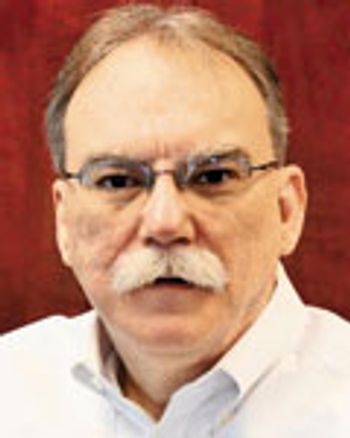
Ensuring data integrity involves effort on an individual and global basis.

The rapid microbiological growth-based method represents an alternative for the quantification of contaminants in filterable products.
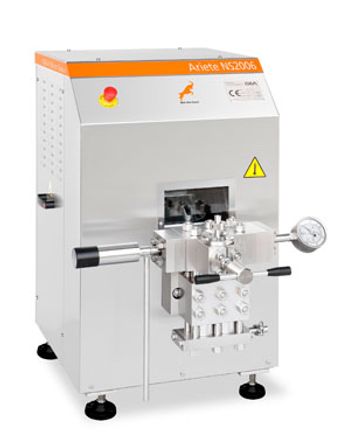
GEA's self-contained homogenizer is designed for laboratory applications, including cell dispersions.
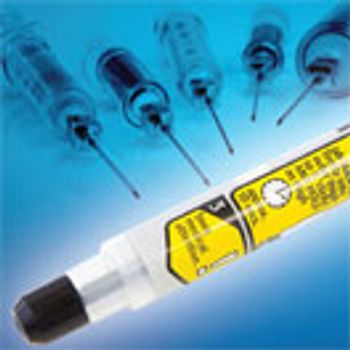
Industry experts spoke to BioPharm International about the key considerations in the development of a drug-delivery device for a biologic drug, the importance of human factors engineering, the advantages of prefilled syringes, and the challenges in the manufacture of these devices.
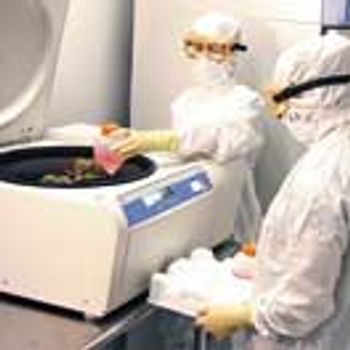
A thorough cell-bank testing plan is necessary to certify the safety and purity of a resulting biopharmaceutical product.
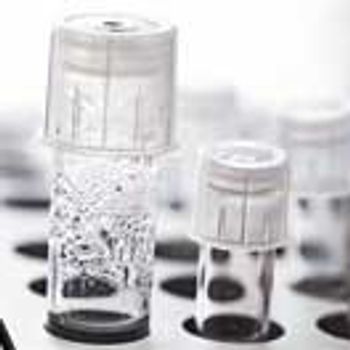
The authors explore the use of statistical experimental design and multivariate analysis to develop a drug substance formulation matrix.

Malvern Instruments' biophysical characterization equipment will be installed in a commercial applications laboratory in San Diego, California.

The guidance provides recommendations for submitting analytical procedures and method validation data to FDA.

The collaboration will address the need for novel analytical approaches for the characterization of glycans.

Charles Rivers strengthens its endotoxin testing and bacterial identification detection capabilities with the addition of Celsis’ products.
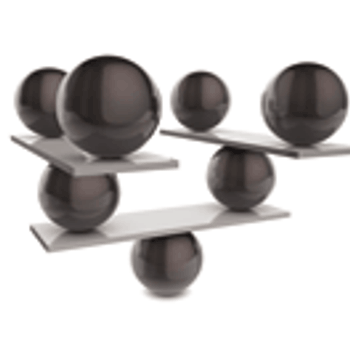
The challenges and strategies of assessing and mitigating risk in biopharmaceutical manufacturing are discussed.

Advances in adventitious agent detection methodology are bringing benefits, but more work needs to be done.
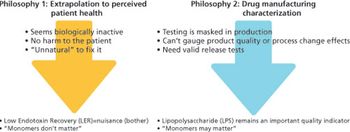
Low endotoxin recovery represents an opportunity to add value to the characterization of biologic drug products.
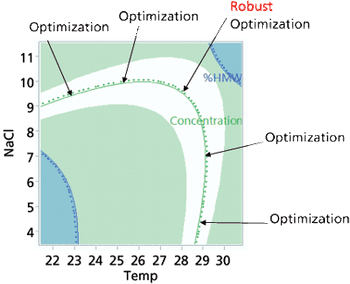
Approaches to the generation of process models, optimization techniques, and application of a design space are explored.

GEA’s Panther NS3006L high-pressure homogenizer is a standalone unit designed to reduce particle size to nanometer ranges.
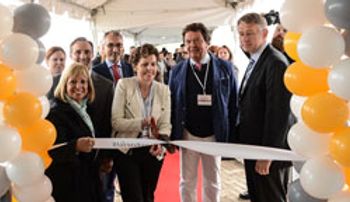
A new demonstration facility in New York gives Sartorius’ customers hands-on access to bioprocessing systems and lab instruments.
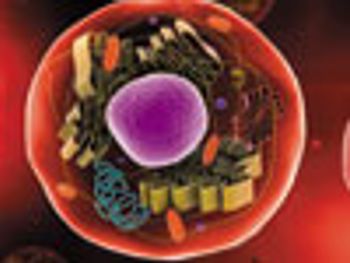
This article reviews the definition of HCPs, risks posed by HCPs, regulatory concerns, commonly accepted ELISA methods for HCP measurement and their limitations, and orthogonal methods available for HCP characterization.

This article reviews factors that affect protein stability at different steps of the product manufacturing process and strategies to minimize their impact on product quality.

Biopharma companies on both sides of the Atlantic ship more of their assay testing to outside service providers.

Higher cell densities, greater demand for high-performance viral clearance, and desire for large-scale single-use technologies are driving development of filtration technologies.

The rapid testing of biologic raw materials can lead to greater efficiency.

The authors review major developments in use of MVDA in bioprocessing applications.

This article presents first-hand perspectives from industry users to suppliers of single-use sensors.

Liquid particle counters are ideal for protein aggregation studies.